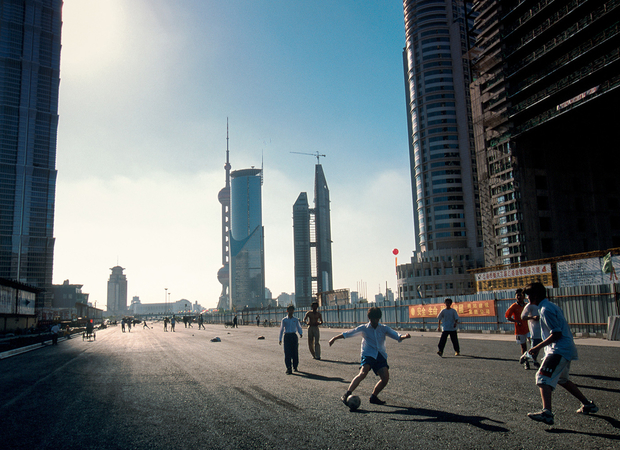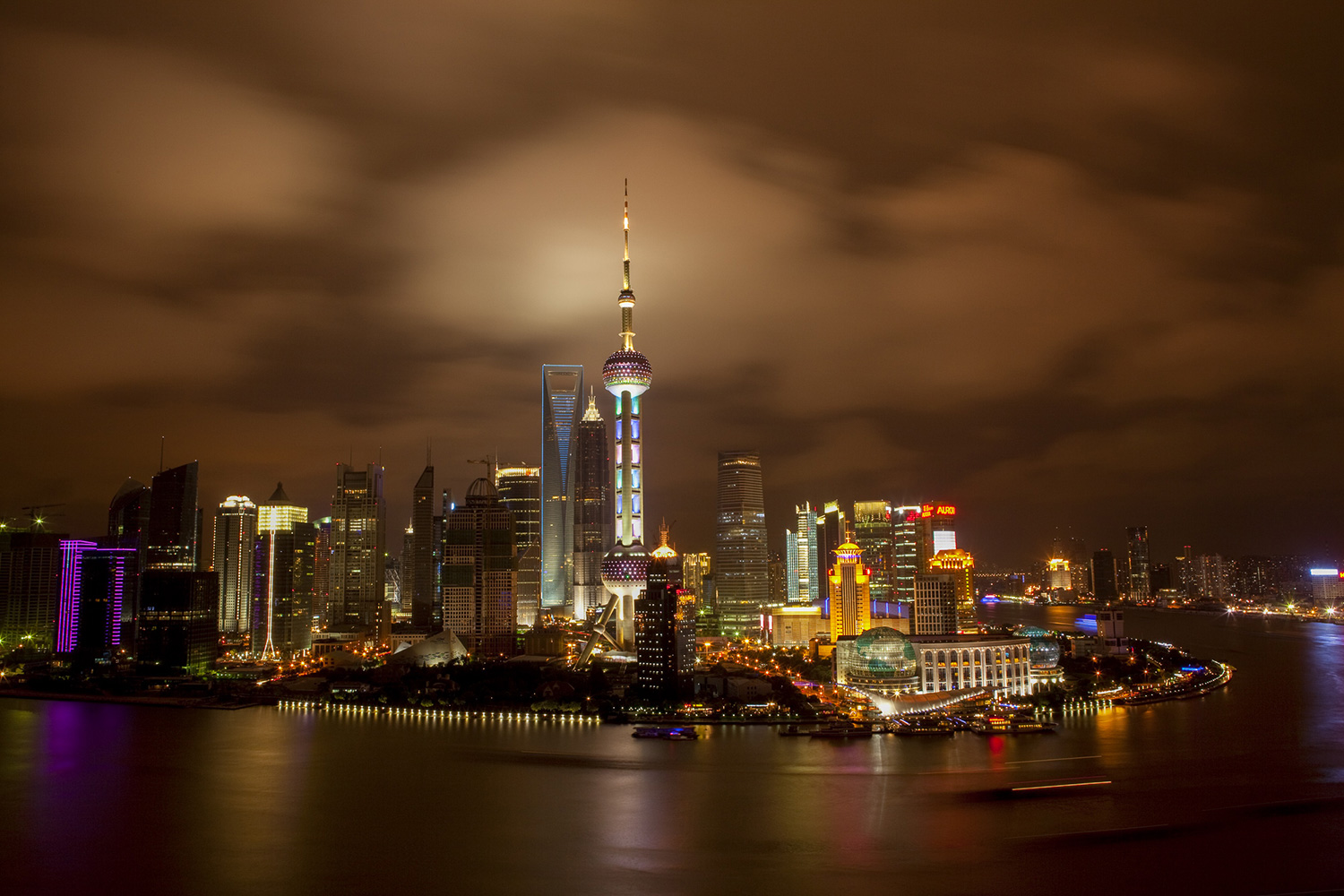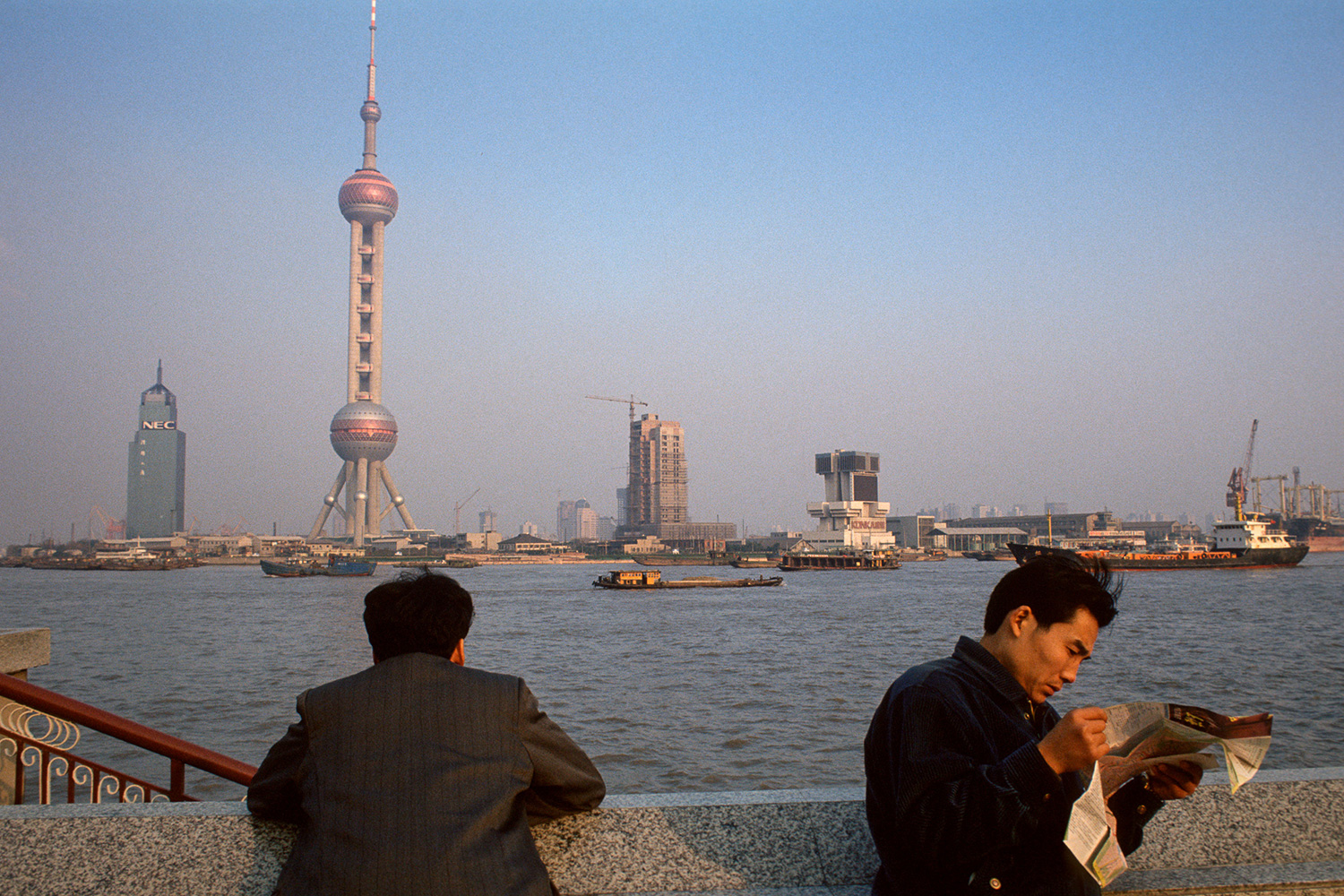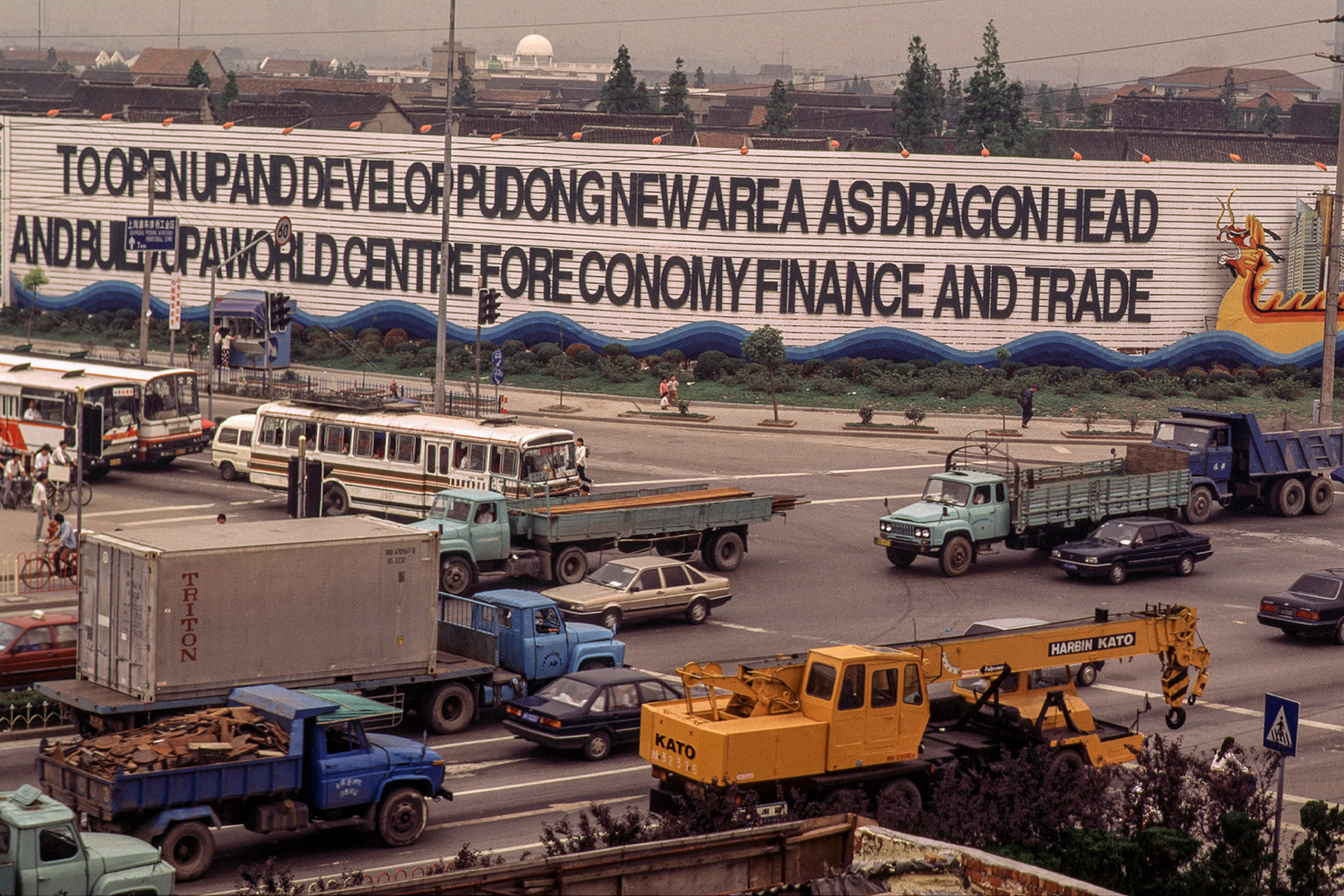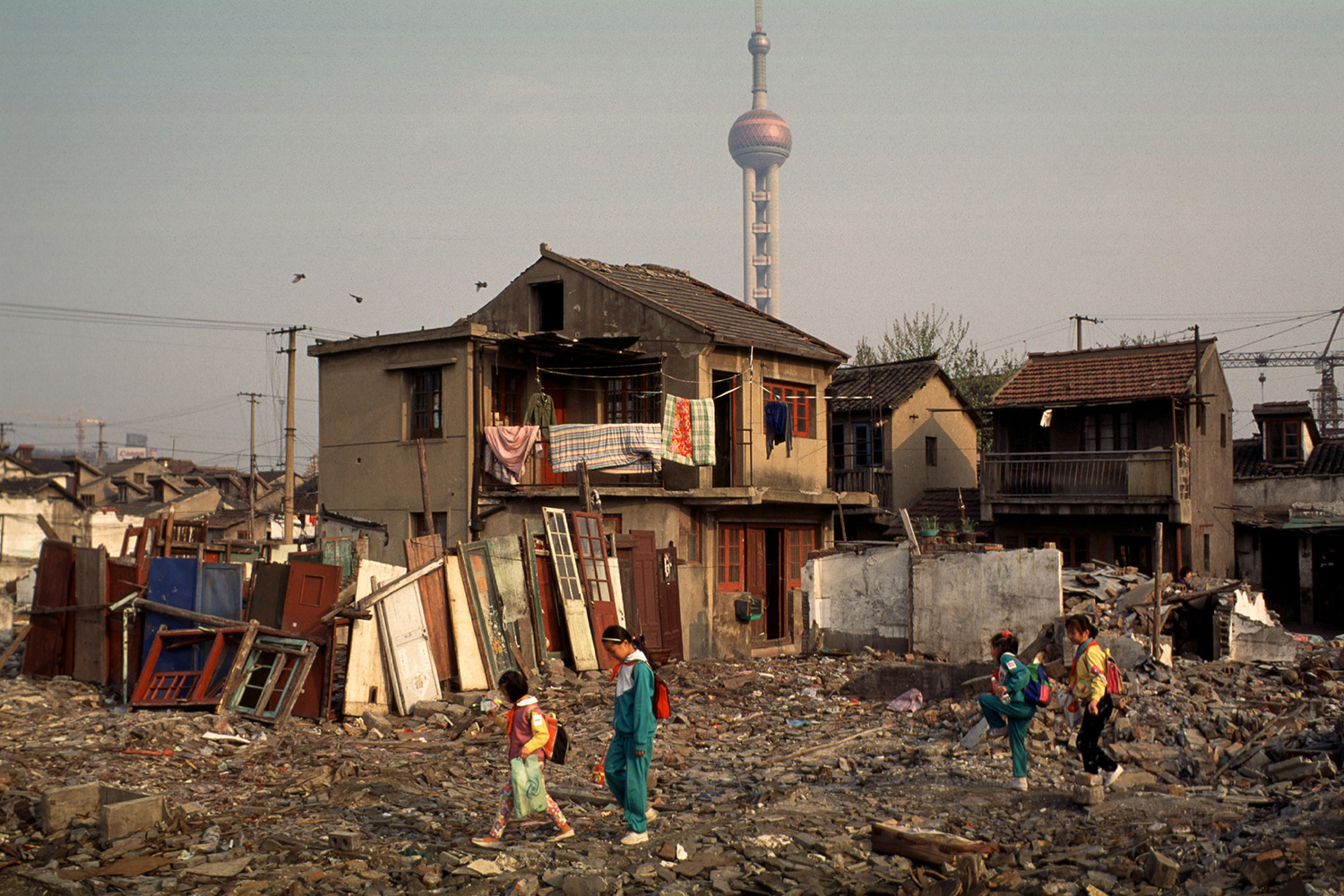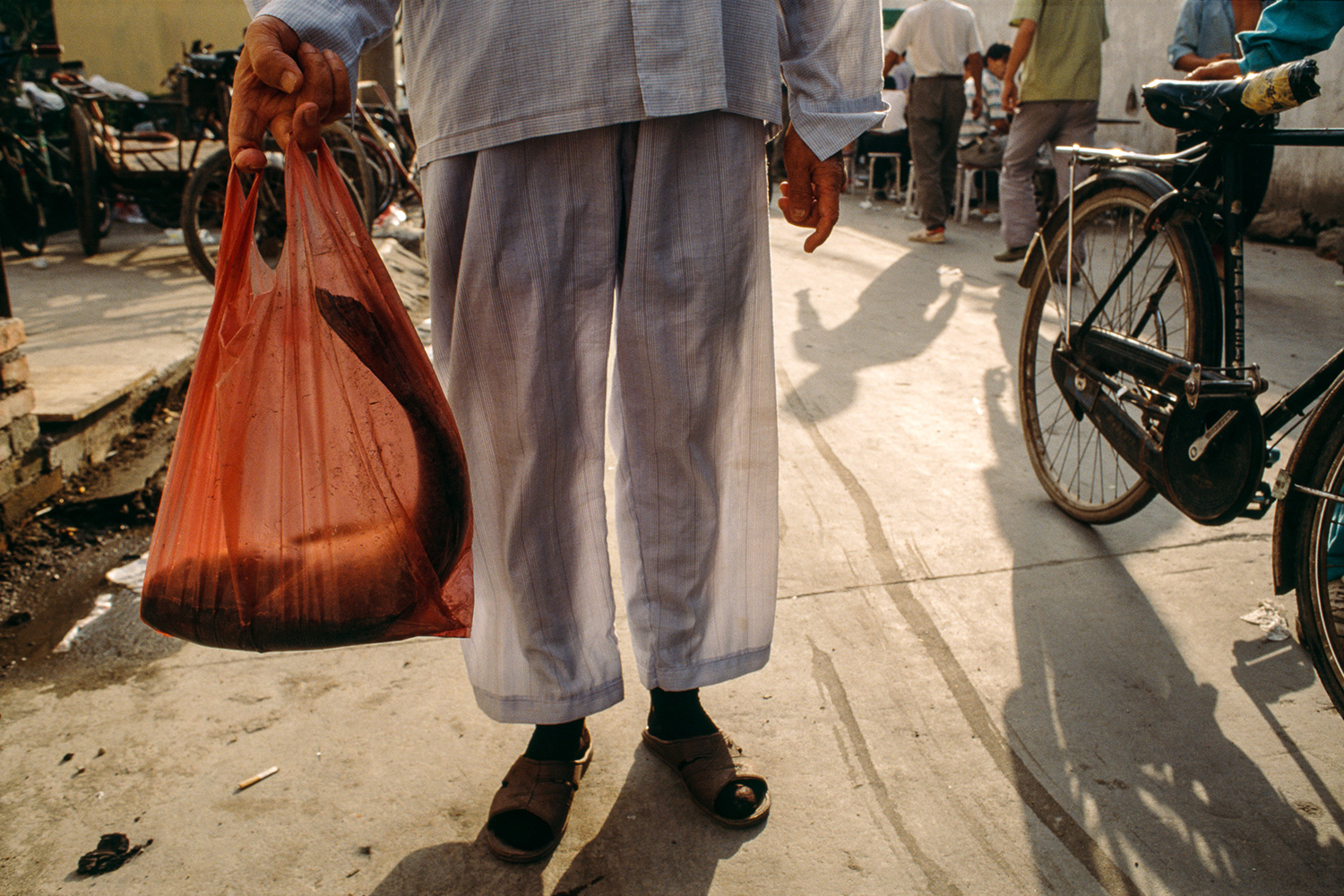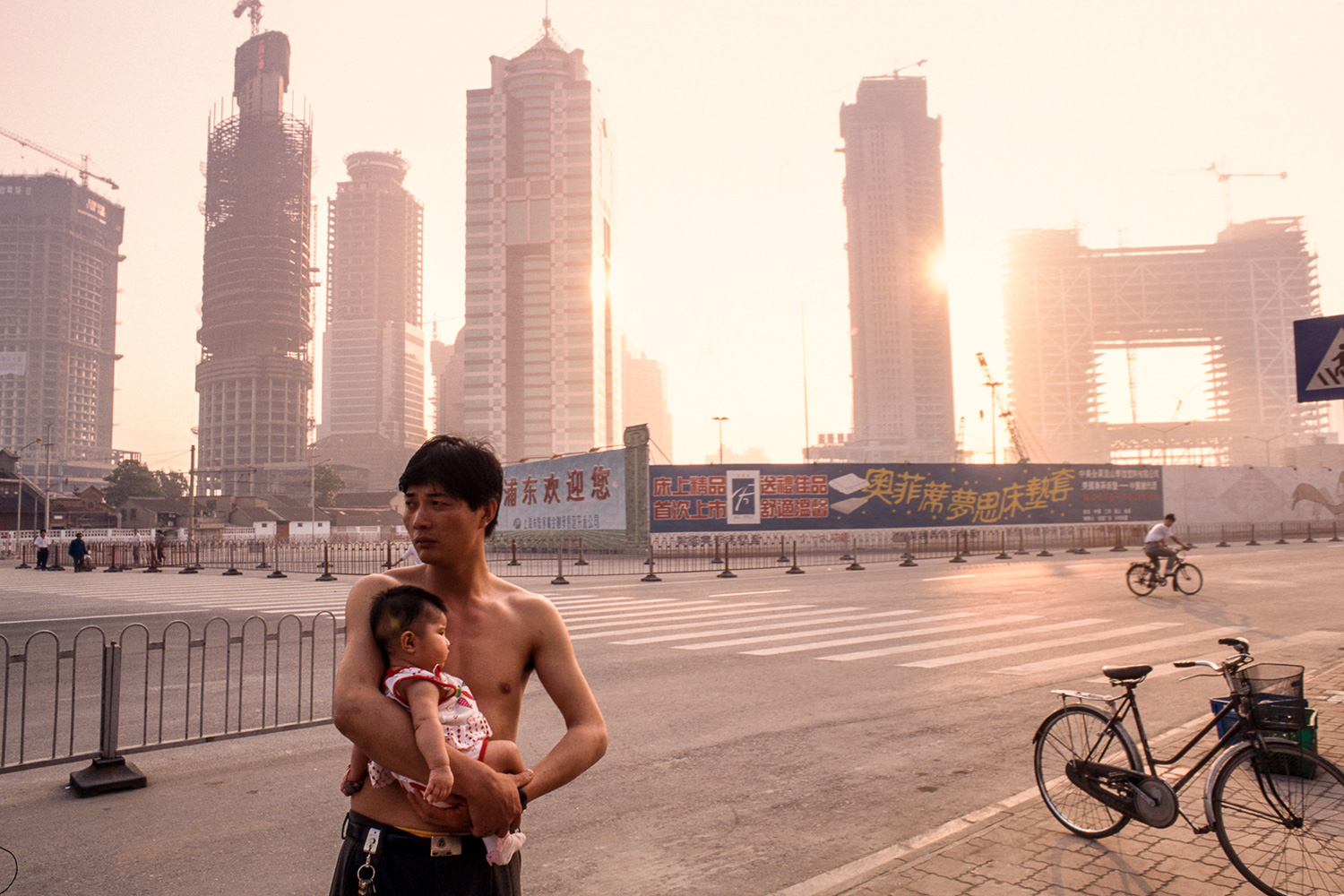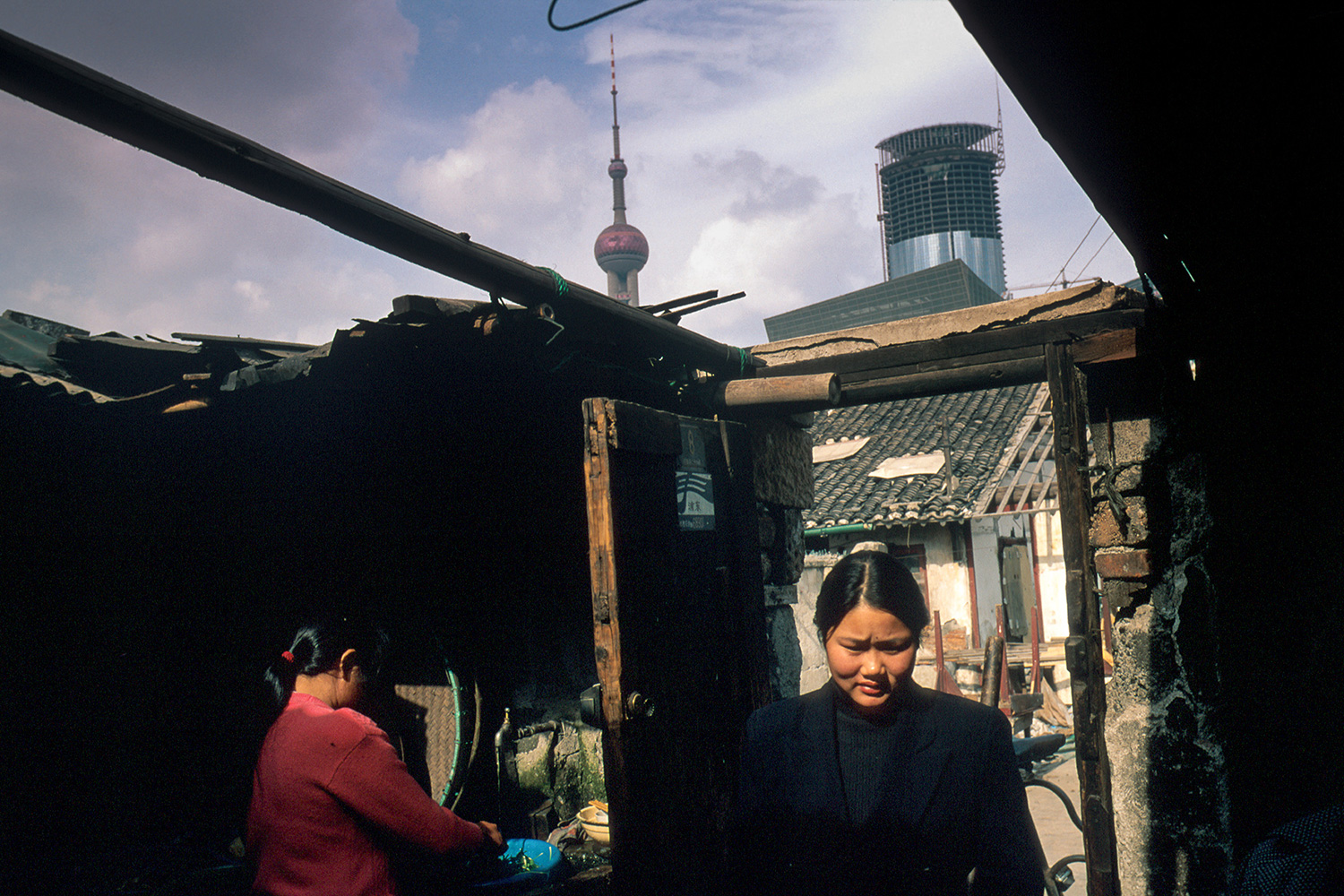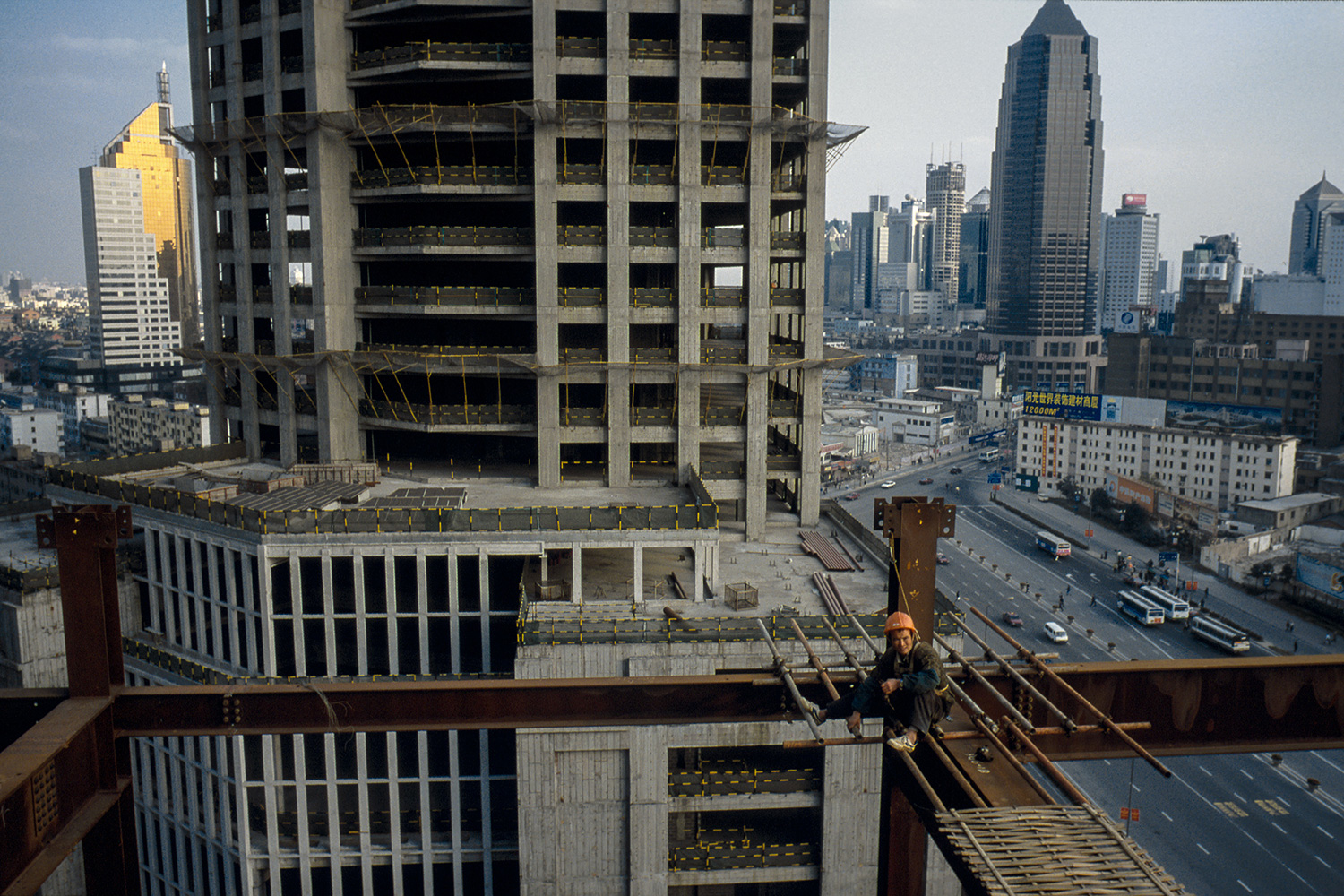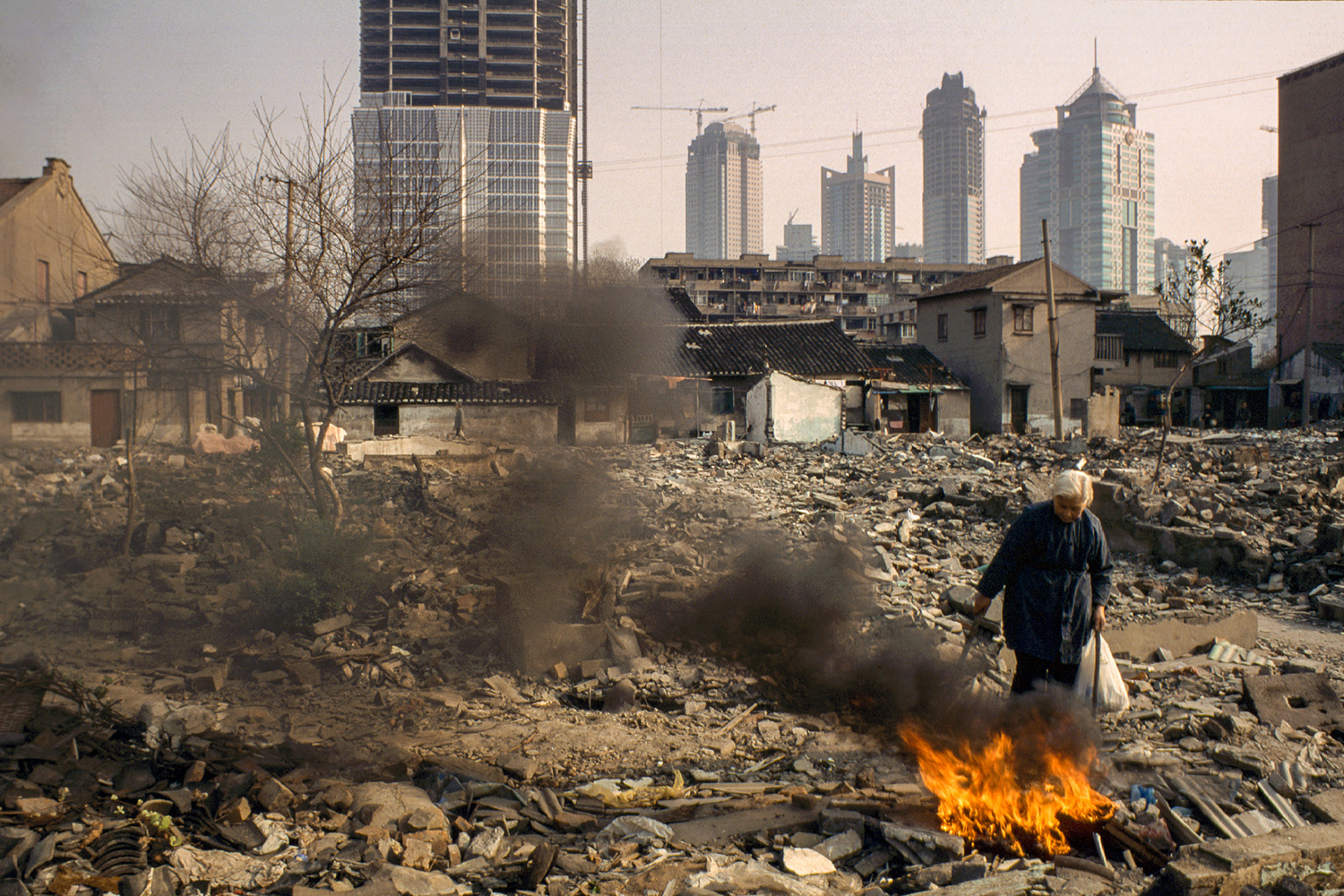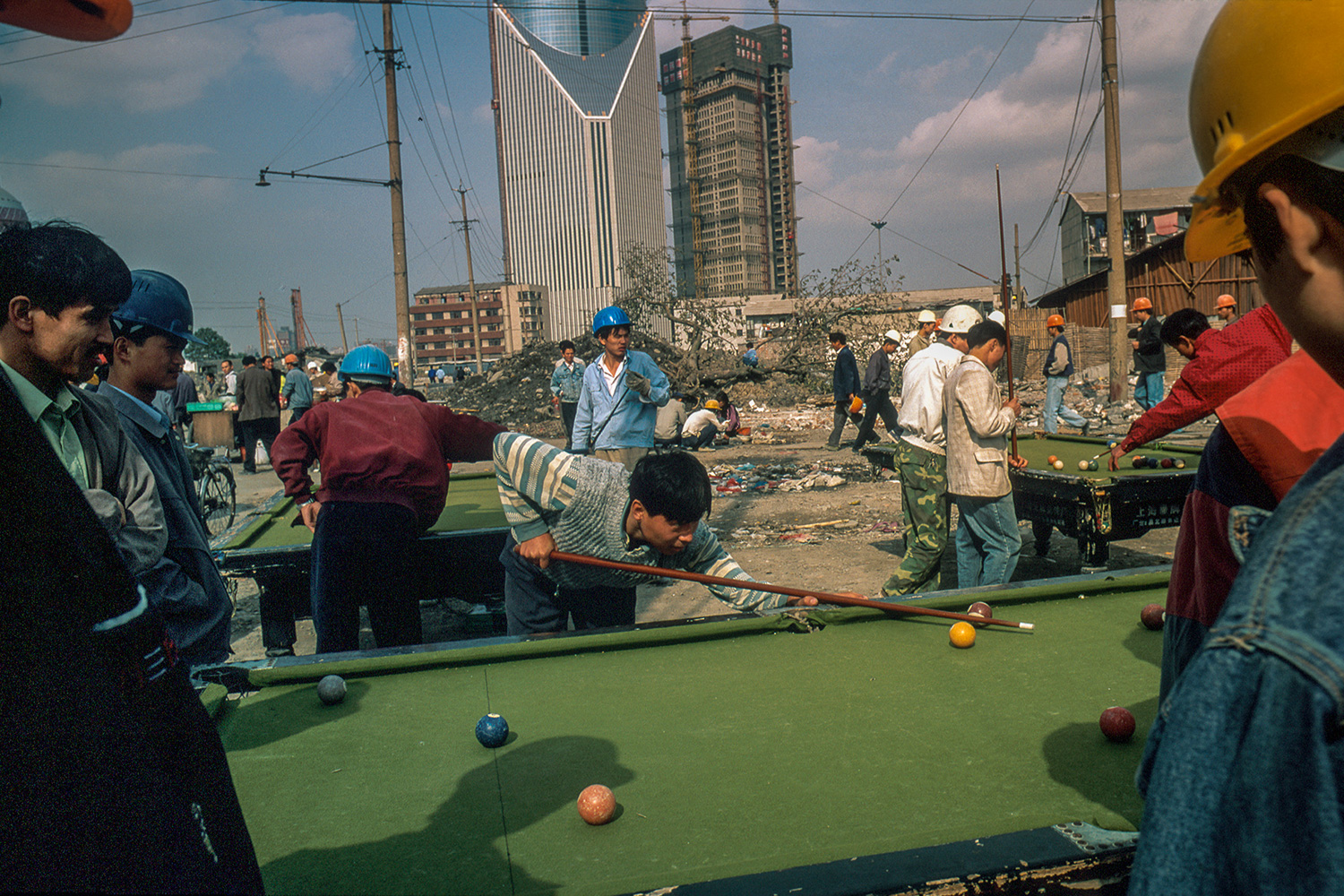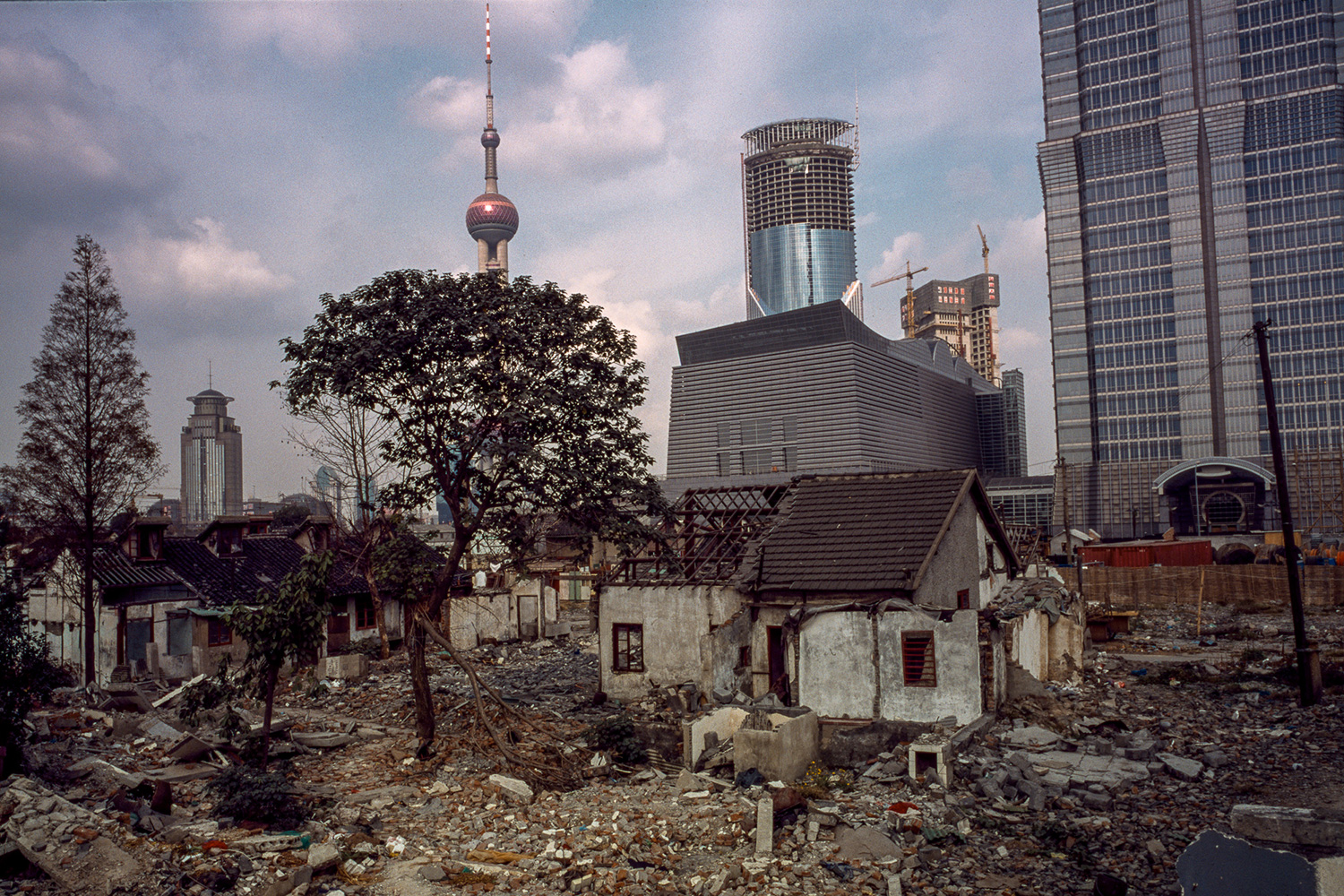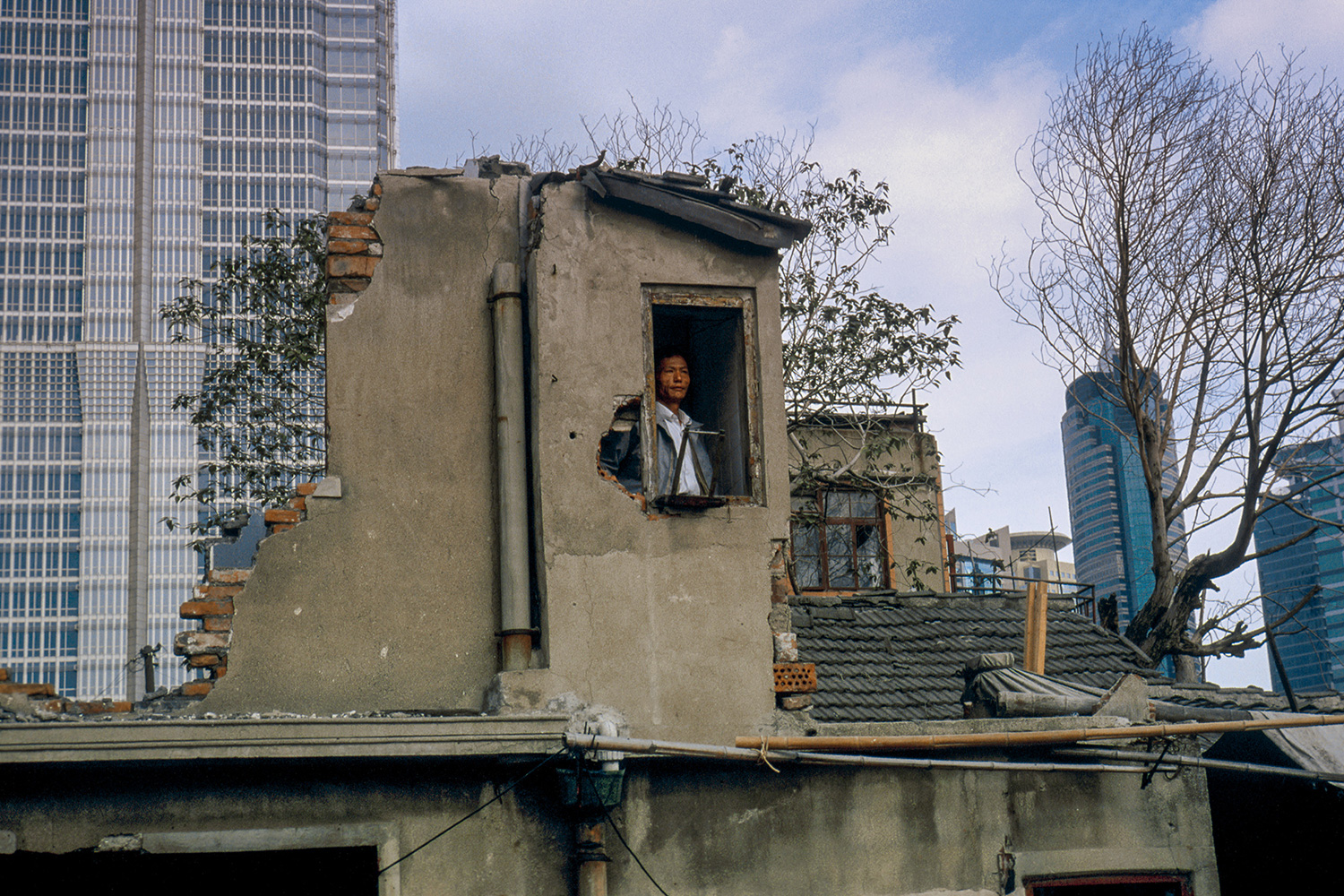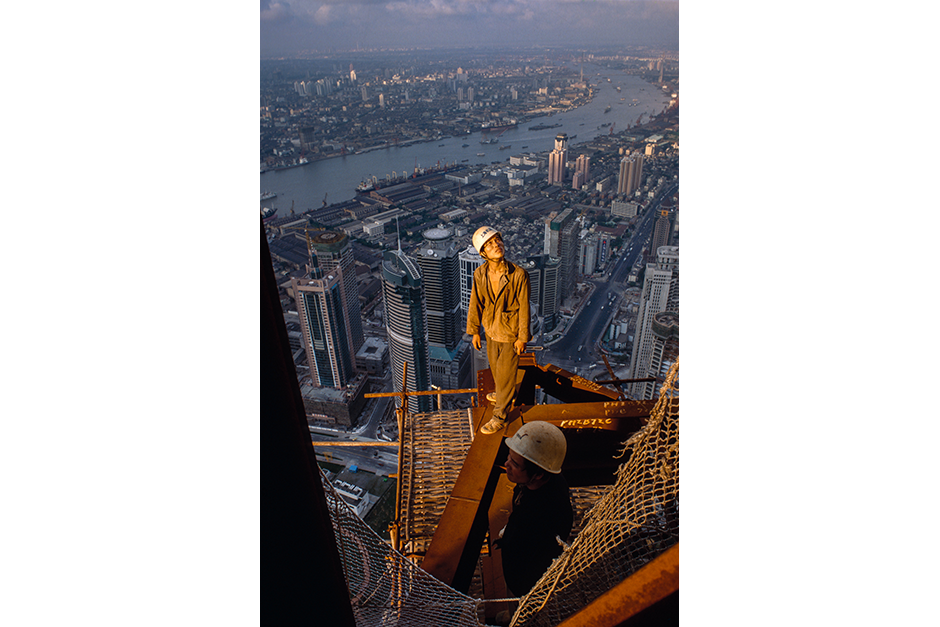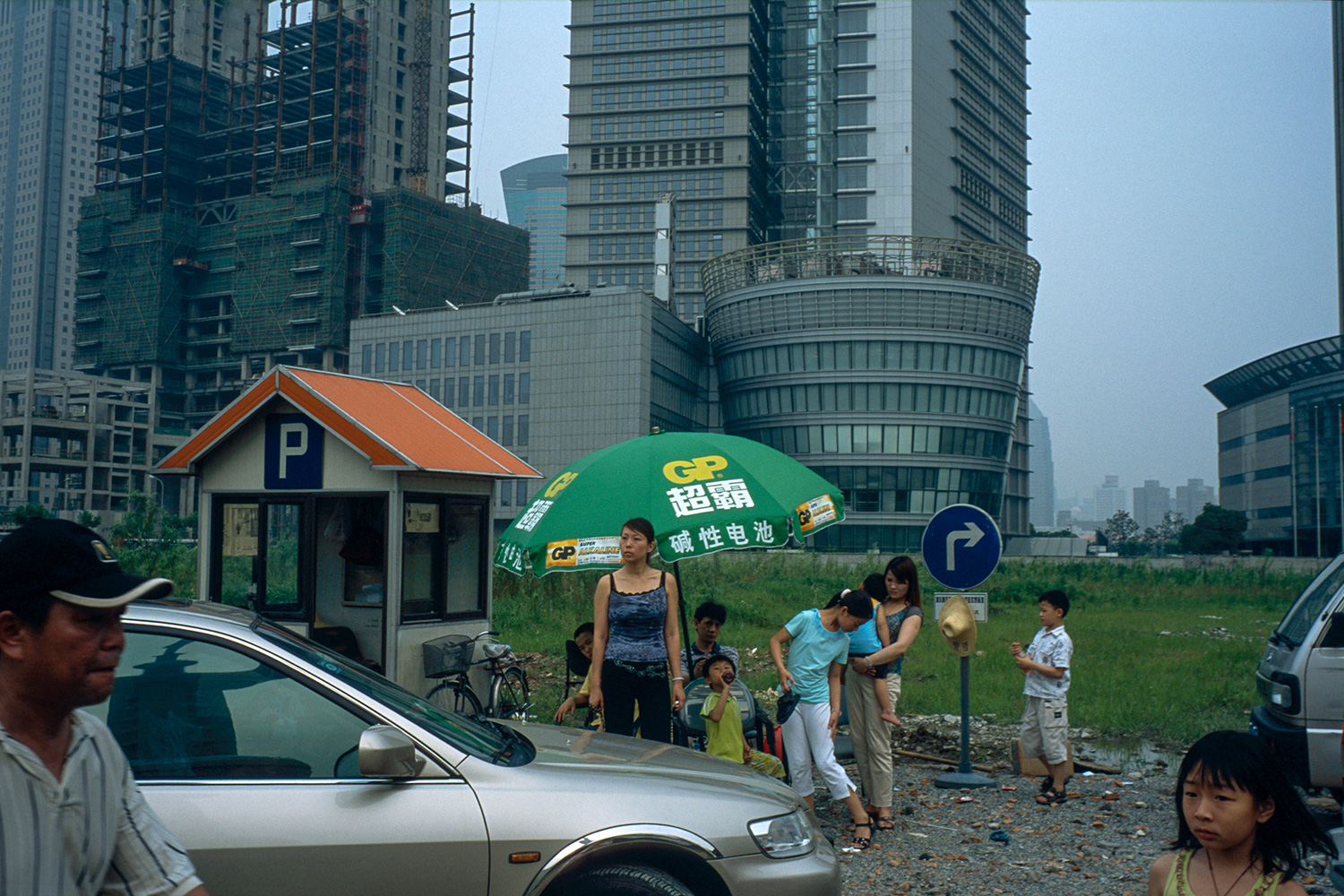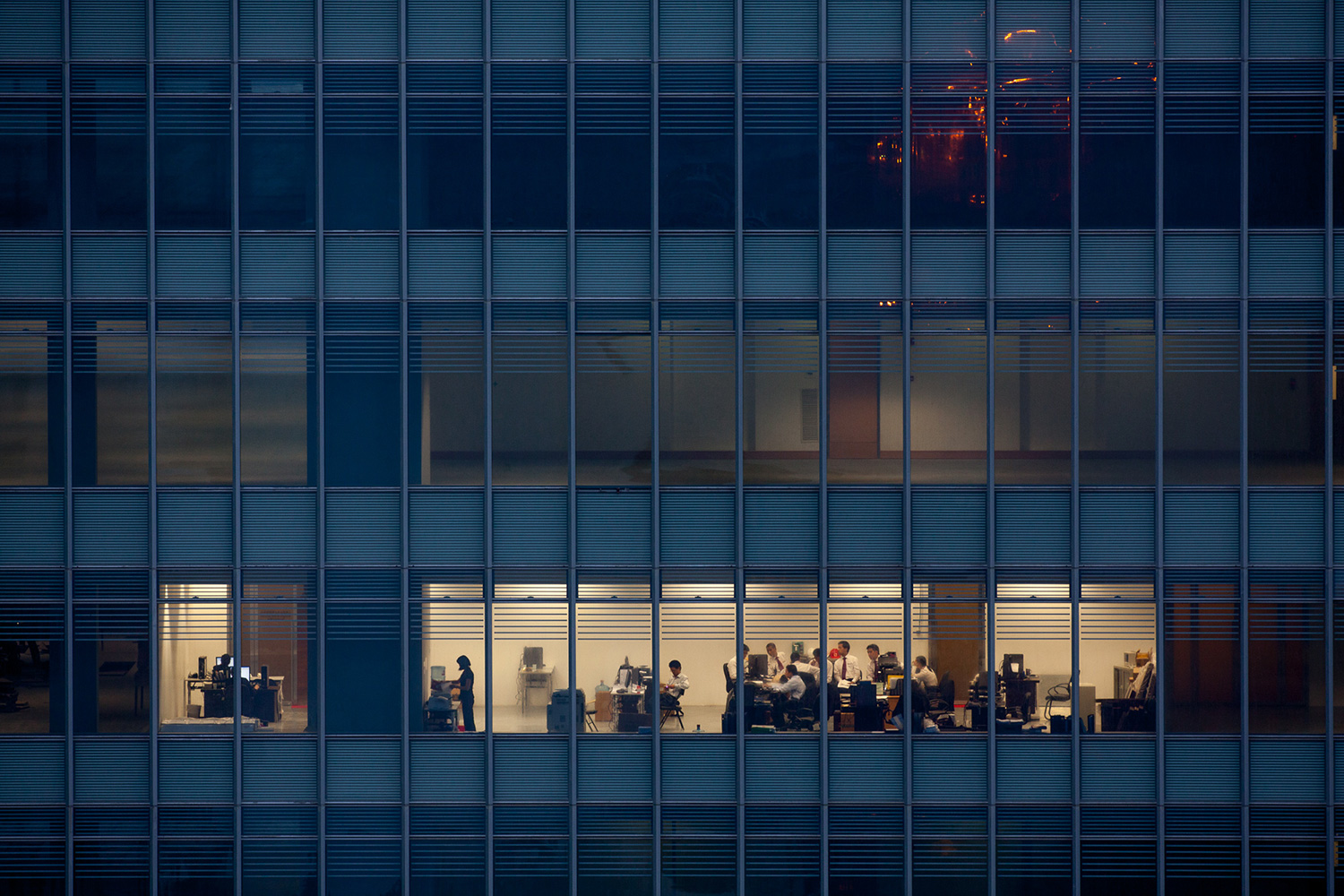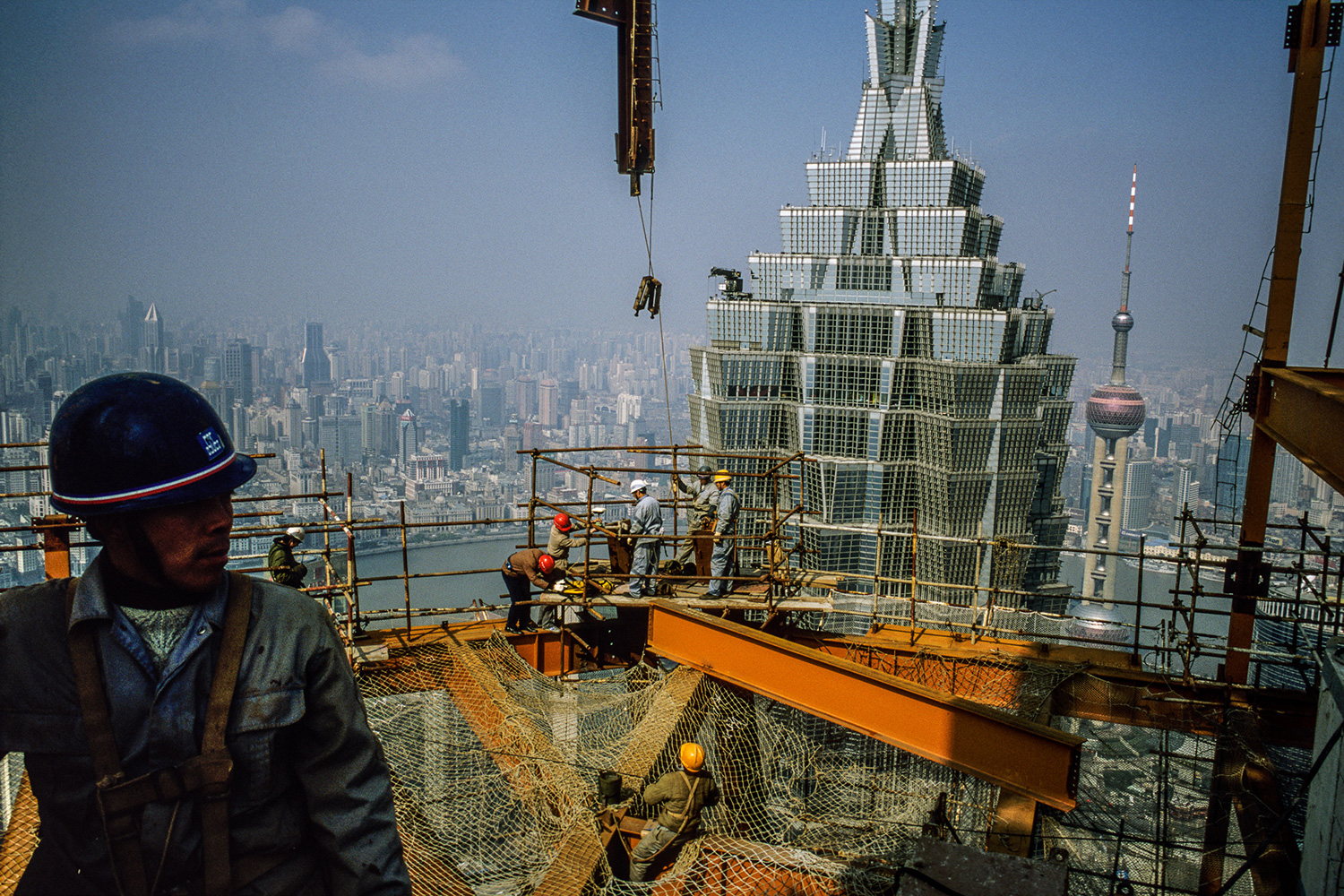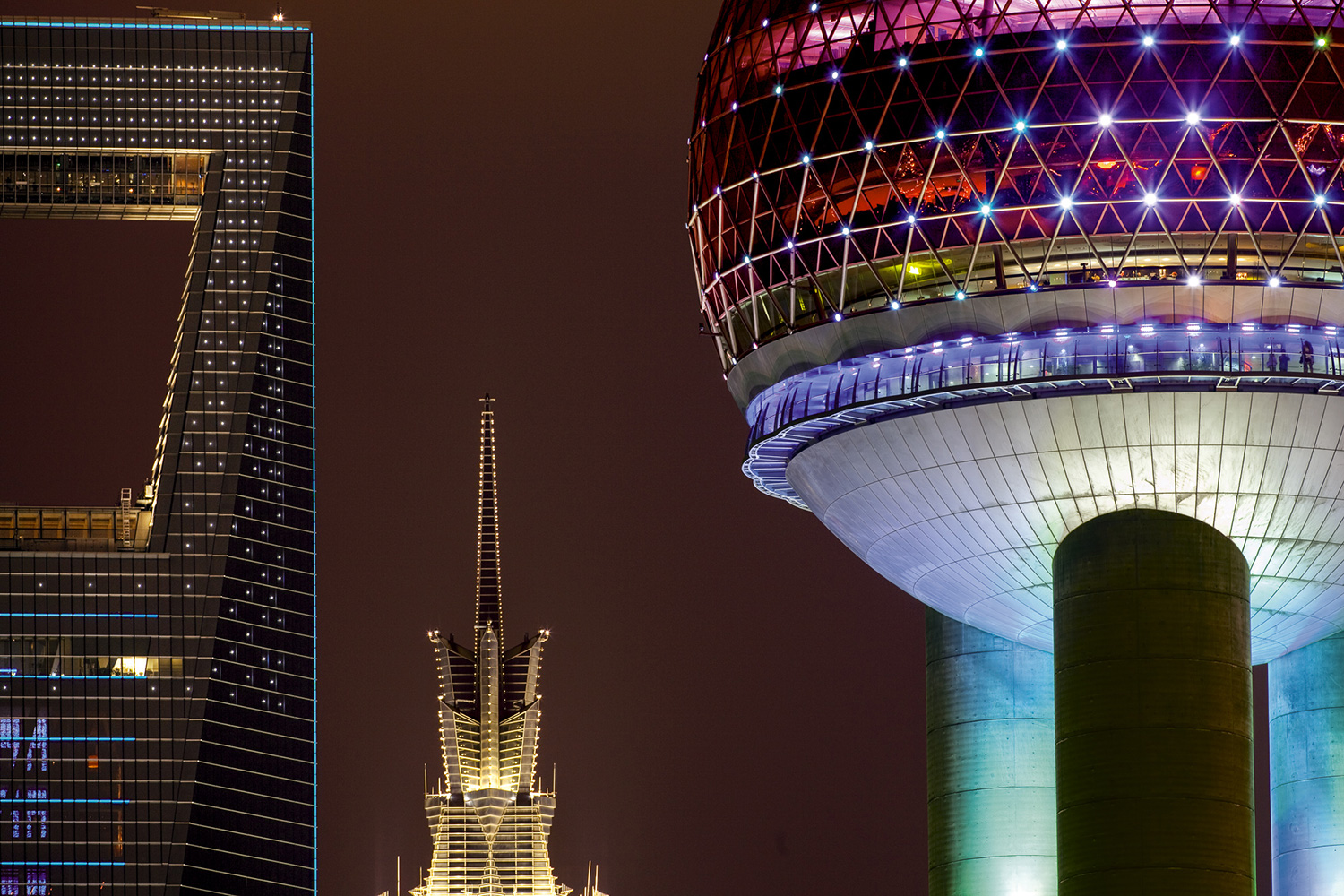China’s economy is still growing. But its ascent is nothing like the period of double-digit growth during the first decade of this century. In the early aughts when the economy was soaring, Shanghai was the place that probably best embodied its rocket-like climb and outsized ambitions. Fritz Hoffmann, an independent photojournalist, was based in Shanghai from 1995 to 2008. He was the first foreign photojournalist to be accredited to live outside of Beijing since 1949.
He spent many years in Pudong, watching as the once-sleepy rural area of the city across the Huangpu River from Shanghai’s iconic Bund sprouted skyscrapers. In Hoffmann’s telling, China’s central government had a plan to build something that would become an icon of new China. “China created Lujiazui to establish an iconic image that would be used photographically to represent new China, economic growth, etc. That was their plan all along,” he said recently, by email. “It is working even today.”
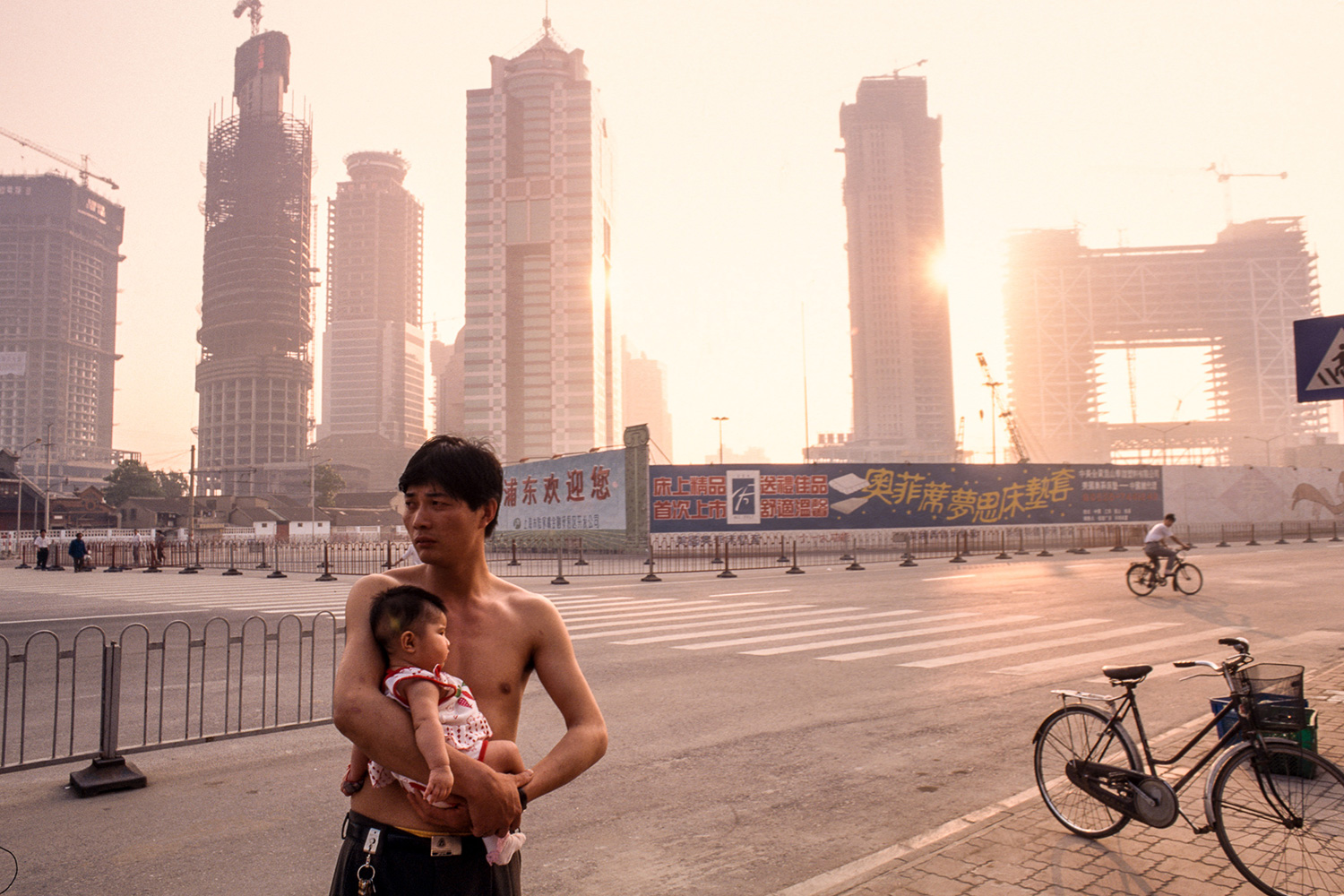 Photo Gallery Fritz Hoffmann
Photo Gallery Fritz Hoffmann 




